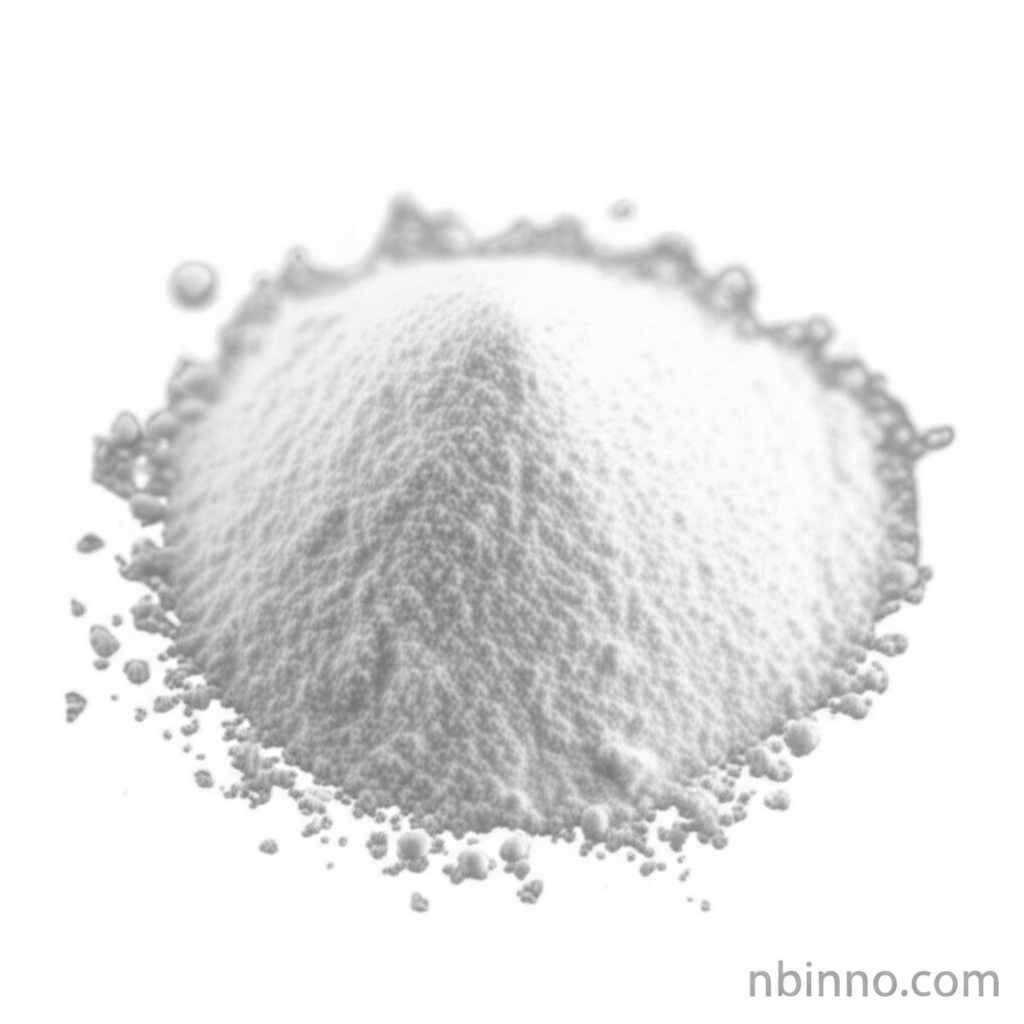1,3,5-Triazine (CAS 290-87-9): A Versatile Heterocyclic Compound for Chemical Synthesis
Discover the essential properties and applications of 1,3,5-triazine, a key building block in organic synthesis. Learn why this compound is a valuable asset for researchers and manufacturers.
Get a Quote & SampleProduct Core Value

1,3,5-Triazine
As a reliable supplier in China, we offer 1,3,5-triazine (CAS 290-87-9), a fundamental organic compound utilized in various chemical synthesis pathways. Its unique heterocyclic aromatic structure makes it a valuable intermediate for creating more complex molecules.
- Explore the distinct properties of 1,3,5-triazine CAS 290-87-9, understanding its physical and chemical characteristics for optimal usage.
- Discover the s-triazine chemical uses that leverage its reactivity in diverse synthetic transformations.
- Delve into the applications of cyanidine organic compound as a precursor in specialized chemical manufacturing.
- Learn about the broader field of heterocyclic compounds applications and how 1,3,5-triazine contributes to advancements.
Advantages Offered
Versatile Reactivity
Leverage the versatile reactivity of 1,3,5-triazine for efficient organic synthesis, enabling the creation of diverse chemical structures.
High Purity Available
Benefit from high-purity 1,3,5-triazine, ensuring consistent results in your nitrogen heterocycles synthesis projects.
Key Synthesis Building Block
Utilize 1,3,5-triazine as a critical building block in complex chemical pathways, supporting your research and development needs.
Key Applications
Organic Synthesis
1,3,5-triazine serves as a crucial intermediate in various organic synthesis routes, contributing to the production of fine chemicals.
Heterocyclic Chemistry
Its role in heterocyclic compounds applications makes it valuable for researchers exploring new molecular architectures.
Material Science
The structural features of 1,3,5-triazine can be exploited in the development of novel materials.
Research & Development
As a fundamental chemical, it is widely used in academic and industrial R&D for exploring new reactions and products.
